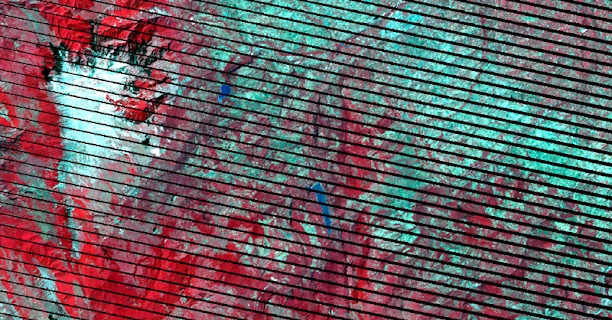How to correct Scanline Error/Banding in Landsat 7 images

If you want to correct for banding in Landsat 7 images, the USGS has a system for correcting Landsat 7 satellite images. Although there are several methods based on interpolation, you can resort to a simple tool with the help of the Landsat Toolbox for ArcGIS. If Landsat 7 images are recognizable for something, it is because of their satellite image banding problems, generating gaps or lines of absence of information with a slight inclination towards the sides while the central area is displayed correctly. An error that generates missing data by displaying the image through banding of stripes or lines parallel to each other. Something that, even though it is typical of Landsat 7, also occurs in some images from other space missions due to radiometric errors and that can be corrected in a similar way. Landsat Toolbox developed by the Washington State Department of Transportation (WSDOT). Within this simple toolbox you will find several applications and the o...





